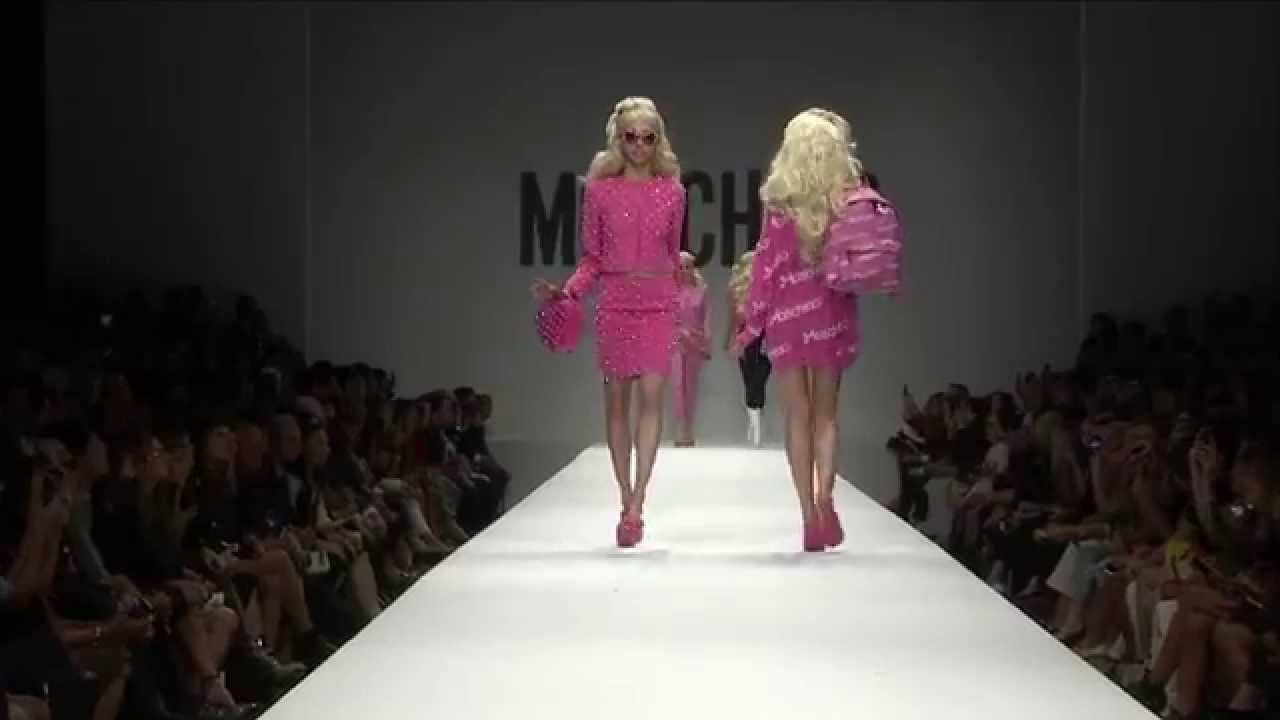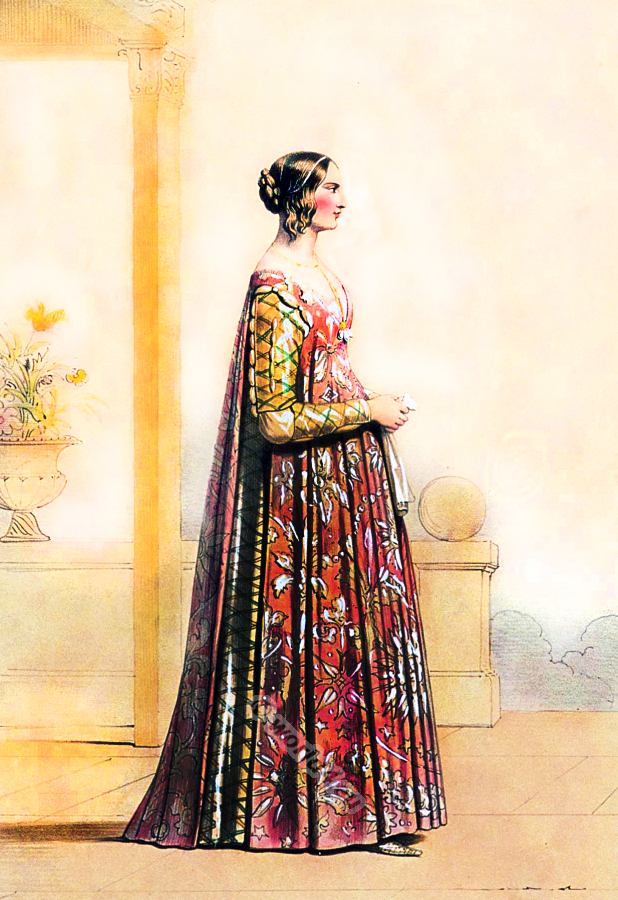
Kiki Smith, a New York artist, works in a range of media from printmaking to sculpture and site-specific installations. Her fascination with the human body is at the core of her work. She has explored spiritual and religious aspects.
Smith is a self-proclaimed "ethnographic artifact" and her early works integrated abstract ideas into her representations of figurative art. After graduating from Hartford Art School in 1974, Smith moved to New York City. She was part of Collaborative Projects, Inc., an artist's collective in the late 1970s. This group was dedicated bringing art closer to the people. They used unconventional materials to create pieces that could be displayed in the home or office. The group's work was shown in New York and other cities.
Kiki Smith's recent works explore the relationship between humans and animals. Harmonies with blackbirds, her collection was shown at Pace Gallery in 2011. It was also part of Pace Gallery’s Ode to Summer 2013 show. Sueno, a two-color intaglio printing that depicts an adult figure in a fetal posture, is one of the most striking pieces from the series. Because of its awkward posture it is difficult to distinguish whether the sitter has a male or female sitter. It received acclaim at Venice Biennale 2005.

Kiki's work has remained constant, but has experienced significant change over the past few years. Her themes include mythology and religious imagery. Smith challenges her viewers through these elements to think about the human body as both an idealized and real living organism.
Smith has been the recipient of numerous awards, including the Nelson A. Rockefeller Award of Purchase College School of the Arts and the Medal Award of the School of the Museum of Fine Arts. Her works are displayed in museums all around the globe. She has also been included in Time Magazine’s "Time 100” (2006) and "Art in the Twenty-First Century” (2009).
Smith was involved in performance art throughout her childhood. When she was a teenager Smith took part in Keith Haring’s ‘Times Square Show” and visited Jackson Pollock’s Studio. Similarly, she exhibited with Kara Walker in the Santa Fe group show in 1996.
Smith's focus has changed from figurative art to animal sculptures since the mid-1990s. She has created figures made from festive materials, such as black glitter, and a variety of other materials. Over the years, she's also been creating works based upon fairy tales. These works are known as "prosaic" and require an honest examination on the vulnerability of the human being.

Rapture Smith, Smith's sculpture that explores human-animal relationships is another of her works. It is a sculpture of Venus on a shell. The artwork is inspired by Raphael’s The Birth of Venus.
FAQ
Why is my style changing?
As you age, the style you choose changes. Your body shape is also changing. Your hair color, as well as your skin tone, can change.
You may even find yourself liking new things. As we grow up, we learn about ourselves, and our tastes develop.
What is the harm in dressing differently?
No. There isn't anything wrong with dressing differently. Individualists are people who dress differently from other people.
Some people believe being individualistic means wearing bad clothes. Anybody can look good, regardless of what they wear.
What is a fashion style?
A fashion trend is a set or rules of dressing up. It is a way to express your personality through your clothes. Fashion trends cover everything, including hairstyles and colors.
Think back over the past years and you'll notice that women wore pants instead of skirts. Skirts became less popular in 2000, but then they returned to fashion for a while. They are making a comeback.
It happened the same way with dresses. The popularity of dresses has declined over time. They returned then.
It doesn't always mean that you must dress in the same fashion as everyone else when following a fashion trend. You can still be original.
Statistics
- According to Water, [41] The annual Academy Awards ceremony is also a venue where fashion designers and their creations are celebrated. (en.wikipedia.org)
- GIVE 20% OFF, GET 20% OFF. (asos.com)
- For her AW15 menswear show, according to Water, "where models with severely bruised faces channeled eco-warriors on a mission to save the planet." (en.wikipedia.org)
- The lowest 10 percent earned less than $32,150, and the highest 10 percent earned more than $124,780. (en.wikipedia.org)
- STUDENTS GET 10% OFF GET YOUR CODE (asos.com)
External Links
How To
How to choose the best shoes for you
There are a few things you should remember when choosing shoes. The first step is to determine the right shoe size. For your first pair, you will need to know your size. Make sure they fit correctly. They will not last long if they are uncomfortable to wear.
It is also important to consider the type of shoes that you will be wearing. Do you prefer casual shoes, dressy shoes, sports shoes, or work shoes? Are you looking for shoes that are suitable for different occasions? Formal shoes, for example, are most commonly worn at weddings and parties. Sneakers are more appropriate for sports activities. Your personal preferences and lifestyle will dictate the kind of shoes that you choose.
The third is the material. Leather shoes are durable and timeless but expensive. Although they are less durable than leather shoes, synthetic materials like rubber, canvas and mesh are much cheaper than leather. Plastic is often thought to be cheap. However, this doesn't make them look bad. There are many types and styles of synthetic materials. They are both affordable and easy-to-maintain.
You should also consider how much you are willing to spend on shoes. While quality shoes are more expensive, the difference in price between brands is not significant. Buy expensive shoes to get the best value for your money.